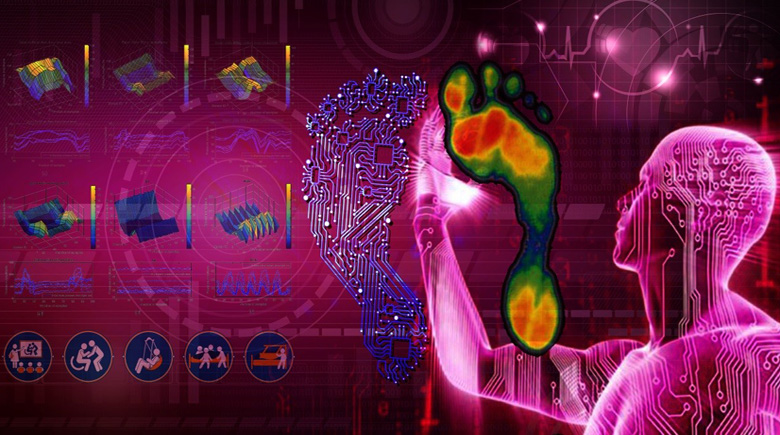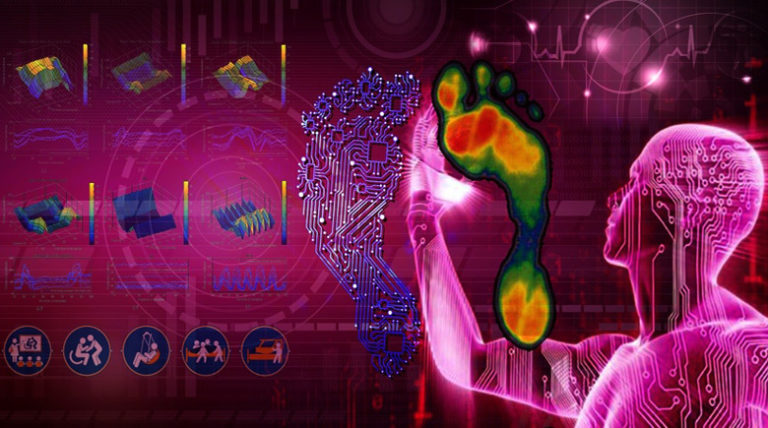
Nurses regularly perform patient handling activities. These activities with awkward postures expose healthcare providers to a high risk of overexertion injury. The recognition of patient handling activities is the first step to timely detect the injury development then reduce injury risk for caregivers. The current practice on workplace activity recognition is based on human observational approach, which is neither accurate nor projectable to a large population. In this paper, we aim at addressing these challenges. Our solution comprises a smart wearable device and a novel spatio-temporal warping (STW) pattern recognition framework. The wearable device, named Smart Insole 2.0, utilizes an advanced electronic textile (eTextile) fabric sensor technique providing accurate plantar pressure measurement in both ambulatory and static status. As we know that vibrations, changes in center of gravity, balance shits, and even hand motions can propagate throughout the entire body to influence the pressure distribution of the feet on the ground. Furthermore, Smart Insole 2.0 is unobtrusive, just like a normal insole without any extra cable, antenna, or adhesive equipment. Therefore, with such delicate design, Smart Insole 2.0 can provide an unobtrusive way to automatically capture the information of patient handling activities. The STW pattern recognition framework fully exploits the spatial and temporal characteristics of plantar pressure by calculating a novel warped spatio-temporal distance (WSTD), to quantify the similarity for the purpose of activity recognition. To validate the effectiveness of our framework, we perform a pilot study with eight subjects, including eight common activities in a nursing room. The experimental results show the overall classification accuracy achieves 91.7%. Meanwhile, the qualitative profile and load level can also be classified with accuracies of 98.3% and 92.5%, respectively.

